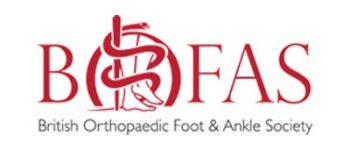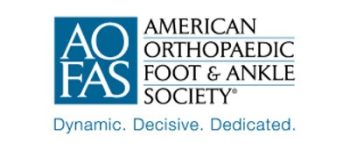About Transfer Metatarsalgia
Transfer metatarsalgia is a condition which refers to an imbalance of weight through the toe joints. Usually, nearly half the weight which goes through the toes when standing or walking is taken by the big toe joint. Transfer metatarsalgia refers to the spreading of this weight, to the second toe joint, third toe joint, and so on. This is usually due to abnormalities of the first ray – the name given to the sesamoid bones, distal and proximal hallux and first metatarsal – such as bunions or 1st MTP joint arthritis.
Causes
The main causes of transfer metatarsalgia are; bunion deformity (hallux valgus); first MTP joint arthritis; calf tightness, which results in forefoot overload due to the increased forces which go through this area of the foot; sesamoid pathology; and surgical procedures carried out on the forefoot.
Symptoms
The predominant symptom of transfer metatarsalgia is problems in the bones adjacent to the first MTP joint, as well as the joints and surrounding tissues. These issues include recognised conditions such as; lesser MTP joint sublaxation, lesser MTP joint dislocation, second MTP joint arthritis, second TMT joint arthritis, hammertoe in the lesser toe, claw toe in the lesser toe, crossover toe in the lesser toe, and a stress fracture of the lesser metatarsal.
Treatment
As the deformities which can suggest transfer metatarsalgia can be difficult to spot during the condition’s early stages, quite often imaging tests such as x-ray are used when making a diagnosis. An x-ray can be helpful in tracking any degeneration in the first MTP joint, as well as assessing the severity of a bunion deformity.
Transfer metatarsalgia is usually addressed by treating the condition which is found to be causing it. For big toe arthritis, non-surgical options range from; orthotics such as shoe inserts, modifying lifestyle to have more rest, losing weight, and walking aids to nonsteroidal anti-inflammatory drugs such as ibuprofen. Procedures to treat big toe arthritis include image-guided steroid injections, manipulation, removing excess bone, microfracture and 1st MTP joint fusion.
Bunion deformity can be treated by using splints, modifying footwear, orthotics, taking more rest, and nonsteroidal anti-inflammatory drugs. Surgical procedures to address the condition include a range of osteotomy procedures – the specific surgery chosen will depend on the nature and severity of the condition. Calf tightness treatment options include non-surgical steps such as physiotherapy programmes, taking rest from sports and vigorous exercise, and soft tissue massage. Surgical options to treat the condition include proximal medial gastrocnemius release.
Sesamoid problems can be addressed with non-surgical measures such as taking more rest, ice treatment, shoe modifications, orthotics and painkillers such the nonsteroidal anti-inflammatory drugs aspirin and ibuprofen. In order to reduce big joint movement, the joint can be tapped. You may also be advised to wear a removable short leg fracture brace. Procedures which are suitable for the condition include steroid injections.
Surgery may be recommended to treat transfer metatarsalgia. This can involve a number of procedures, including hammertoe repair and/or metatarsal osteotomy / bone repositioning, and/or bunion surgery.
As with all foot surgery it is common for swelling to persist for some months after surgery and is completely normal. This swelling will eventually completely subside with time and can take up to 12 months but often goes well before this.










